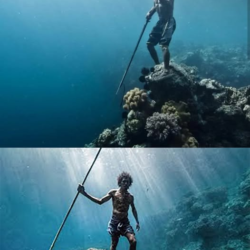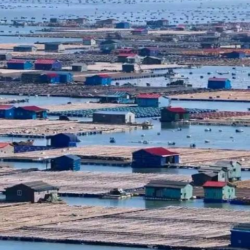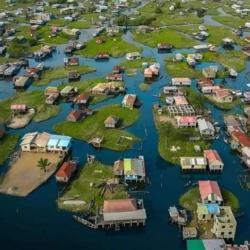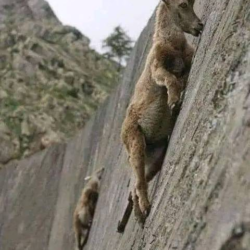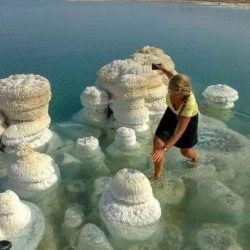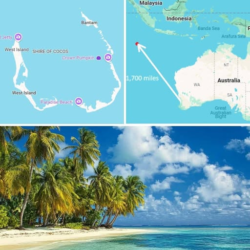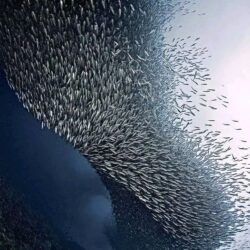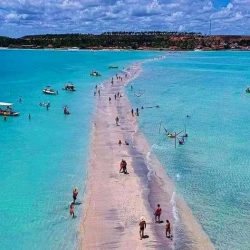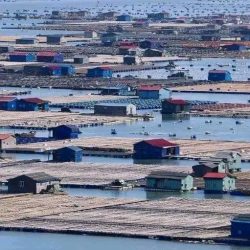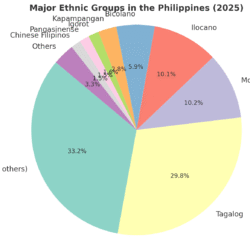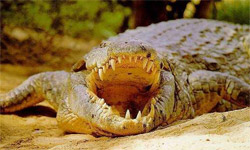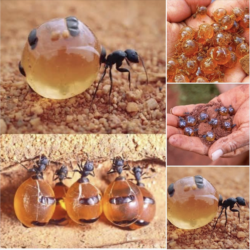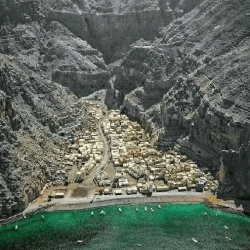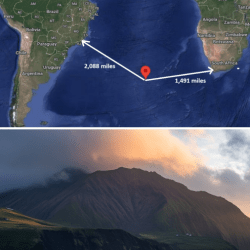The Bajau people, often referred to as “sea nomads,” are an indigenous group known for their extraordinary ability to live and thrive in the marine environments of Southeast Asia. For over 1,000 years, they have lived primarily in the waters around Indonesia, Malaysia, and the Philippines, spending much of their lives on the sea in temporary stilt houses or boats. Their unique lifestyle, centered around fishing and harvesting marine life, has led to remarkable physiological adaptations that enable them to perform extraordinary feats underwater. This article will explore how the Bajau have evolved to survive in an environment that requires regular and prolonged exposure to the ocean depths.
The people are a fascinating example of how human populations can evolve in response to their environment. Their enlarged spleens, developed diving reflexes, and cultural practices all point to a deep connection between the Bajau and the sea. As scientists continue to study the Bajau, they provide unique insights into the capacity of the human body to adapt to extreme conditions, offering a window into the potential for human evolution in response to environmental pressures.
A Life on the Water: The Nomadic Existence of the Bajau
The Bajau people do not merely live near the sea—they live on it. For centuries, they have built temporary stilt houses or lived on boats, making the ocean their home. This marine-based lifestyle is driven by their reliance on the ocean for food, as the Bajau depend almost entirely on the surrounding seafood to sustain their communities. Fishing, spearfishing, and diving for crustaceans like shrimp, crab, and squid are daily routines for the Bajau, requiring long hours spent beneath the ocean’s surface.

This way of life means the Bajau are not just experienced swimmers or divers—they must regularly dive to significant depths, all while holding their breath for minutes at a time, something few humans could manage without modern diving equipment. Their ability to do so for extended periods, even as long as 13 minutes at depths of up to 60 meters (200 feet), has captivated scientists.
Punctured Eardrums: A Trade-Off for Deep Diving
One of the most fascinating aspects of the Bajau’s adaptation to life underwater is their practice of puncturing their eardrums. In order to avoid the pain and discomfort caused by the pressure differences between the outer ear and middle ear while diving, many Bajau intentionally puncture their eardrums. This practice helps them equalize ear pressure when diving deep, preventing the intense ear pain that would otherwise make such dives unbearable.
However, puncturing the eardrums comes with significant risks and drawbacks. For one, it can impair hearing, making everyday communication and navigation more difficult. Additionally, the damage can leave them more vulnerable to ear infections, which can be dangerous in environments where medical care is limited. This trade-off illustrates the lengths to which the Bajau have adapted their bodies in order to sustain their underwater lifestyle.
The Bajau Spleen: A Natural Scuba Tank
The most remarkable physiological adaptation of the Bajau people lies in their spleen. Recent scientific studies have revealed that Bajau divers possess spleens that are significantly larger—by about 50%—than those of other populations. The spleen plays a critical role in the body’s ability to store and release oxygenated red blood cells, which are essential during breath-holding and diving.
When the body is submerged in water, a reflex known as the “mammalian dive response” is triggered, causing the spleen to contract and release oxygen-rich blood into circulation. This reflex is common in many diving mammals, such as seals, and it helps to prolong the time they can spend underwater. The enlarged spleens of the Bajau allow them to store more oxygen in their blood, effectively acting as a biological scuba tank. This enables them to hold their breath for extended periods, making it possible for them to perform lengthy dives while foraging for food on the sea floor.
Inherited Traits: Genetic Evolution in the Bajau
What sets the Bajau apart from other human populations is that their large spleens are not only present in experienced divers but also in individuals who do not dive, including children. This suggests that the spleen enlargement is a result of genetic evolution, rather than a trait developed solely through practice or exposure to diving. Over generations, natural selection likely favored individuals with larger spleens, as those with enhanced breath-holding capacity were more successful at obtaining food and passing their genes to the next generation.
A study published in Cell in 2018 provided evidence that the Bajau have a genetic mutation associated with spleen size. This mutation affects the thyroid hormone pathway, which regulates spleen size, suggesting that the Bajau have undergone a form of natural selection that has allowed them to evolve to live more effectively in their aquatic environment.
Adaptations Beyond the Spleen: Diving Reflexes and Body Conditioning
The Bajau’s physiological adaptations are not limited to their spleens. They also exhibit a highly developed diving reflex, which is triggered whenever a human face comes into contact with water. This reflex, common to all humans but particularly strong in the Bajau, causes the heart rate to slow down (bradycardia), blood vessels in the extremities to constrict (peripheral vasoconstriction), and the spleen to contract, increasing oxygen availability to the brain and other vital organs.
In addition, the Bajau’s bodies have been conditioned through generations of diving. They possess a remarkable tolerance for the cold water temperatures they encounter during their dives, and their ability to withstand the physiological stresses of deep diving is unparalleled. The average Bajau diver can descend to depths of up to 60 meters without the aid of modern diving equipment, something that is nearly impossible for untrained individuals.
The Cultural Significance of Diving in Bajau Society
Diving is not just a means of survival for the Bajau; it is deeply ingrained in their culture. The ability to dive deep and hold one’s breath for extended periods is seen as a symbol of strength and skill. Men, women, and even children participate in diving activities, and the skills are passed down from one generation to the next. The Bajau’s intimate knowledge of the ocean and its ecosystems has made them expert fishermen, capable of navigating the seas with an almost instinctive understanding of tides, currents, and marine life.
Challenges Facing the Bajau Today
Despite their incredible adaptations, the Bajau people face significant challenges in the modern world. As commercial fishing and environmental degradation impact marine ecosystems, the Bajau’s traditional way of life is increasingly under threat. Many Bajau are being forced to move to land, where they face difficulties adapting to new environments. Additionally, the practice of puncturing eardrums, while advantageous for deep diving, leaves many Bajau with impaired hearing and other long-term health issues.
Frequently Asked Questions
1. What makes the Bajau people unique? The Bajau people are known for their extraordinary ability to dive deep underwater for extended periods, thanks to physiological adaptations like enlarged spleens and punctured eardrums, which help them cope with underwater pressure and store more oxygen in their blood.
2. Why do the Bajau puncture their eardrums? The Bajau puncture their eardrums to balance the pressure between the outer and middle ear during deep dives, helping them avoid discomfort. However, this practice can reduce hearing ability and increase the risk of ear infections.
3. How deep can the Bajau dive? The Bajau can dive as deep as 60 meters (about 200 feet) and hold their breath for over 13 minutes, which is an extraordinary feat for humans without modern diving equipment.
4. Is the Bajau’s ability to dive genetic? Yes, studies have shown that the Bajau people have a genetic mutation that results in larger spleens, allowing them to store more oxygen in their blood. This trait is inherited and present even in Bajau children who have never dived.
5. How long have the Bajau been living this way? The Bajau have been living on the sea for over 1,000 years, relying on marine resources for their survival and adapting to life in an aquatic environment over many generations.
6. What challenges do the Bajau face today? The Bajau’s way of life is under threat due to environmental degradation, commercial fishing, and the pressures of modern society. Many are being forced to move to land, where they face difficulties adapting to new lifestyles and environments.
